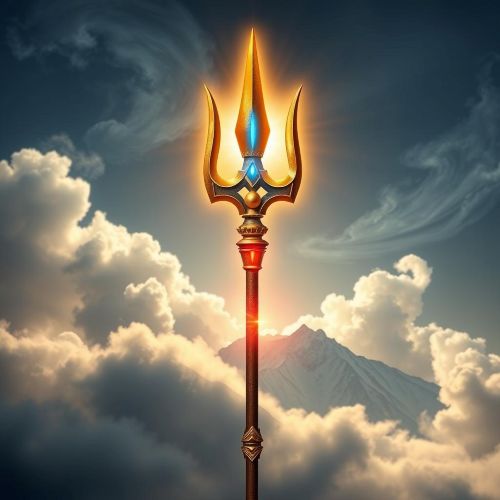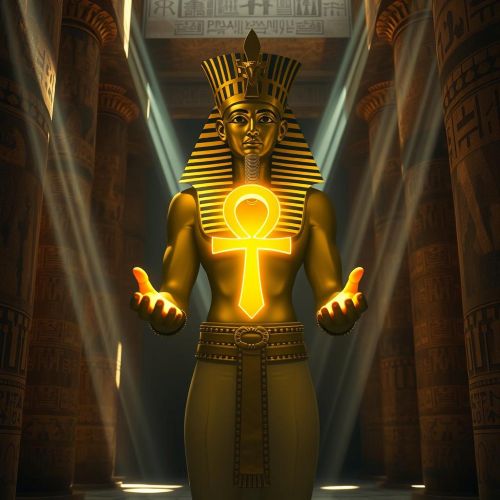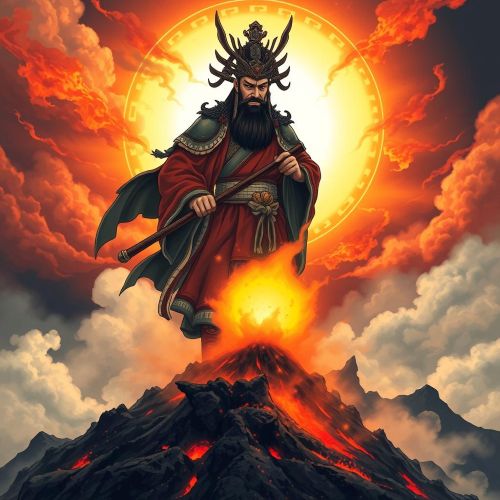Lago Titicaca: Unraveling the Mysteries of Lake Titicaca in Inca Mythology
Nestled high in the Andes Mountains of South America, Lake Titicaca, or “Lago Titicaca” as it is known in Spanish, holds a special place in the heart of the Inca civilization. This ancient body of water, shared by Peru and Bolivia, is the largest freshwater lake in South America and the highest navigable lake in the world. Beyond its stunning natural beauty and historical significance, Lake Titicaca is also steeped in mythology and legend, serving as a vital part of the Inca belief system. In this blog, we will embark on a journey to explore the mystical world of Lake Titicaca through the lens of Inca mythology, shedding light on its significance and the tales woven around it.
Lake Titicaca: An Inca Sacred Site
Lago Titicaca, situated at an astonishing altitude of 3,812 meters (12,507 feet) above sea level, is surrounded by breathtaking landscapes, making it a place of reverence for the Inca people. According to Inca mythology, Lake Titicaca was believed to be the birthplace of their civilization, a sacred and divine source of life. This high-altitude lake was considered the center of the Inca universe, linking the earthly world with the celestial one.
The Creation Myth of Lake Titicaca
Inca mythology tells the tale of Viracocha, the creator god, who emerged from the waters of Lake Titicaca. Viracocha was said to have created the world and all its inhabitants. According to the legend, he first created the sun, moon, and stars and then shaped the first humans from stone. He breathed life into these stone figures, giving birth to the Inca people.
Viracocha, the Inca deity of creation, was associated with Lake Titicaca as it was seen as the place where life originated. The lake’s pristine waters, surrounded by towering mountains and fertile lands, symbolized the union of earth and sky, an essential aspect of Inca cosmology.
The Golden Sun Temple
On the islands of Lake Titicaca, such as Isla del Sol (Island of the Sun) and Isla de la Luna (Island of the Moon), the Inca civilization constructed temples and ceremonial centers dedicated to their deities. The most famous of these is the “Golden Sun Temple” located on Isla del Sol.
The Golden Sun Temple is a well-preserved archaeological site with a stone terrace, fountains, and a labyrinth of tunnels and rooms. It was dedicated to Inti, the Inca sun god, and served as a place of worship and astronomical observation. This temple, like the lake itself, was a central element in the Inca belief system, reinforcing their connection between the earthly and celestial realms.
Inca Pilgrimages to Lake Titicaca
Lake Titicaca played a pivotal role in Inca religious practices and rituals. Pilgrimages to the lake were an integral part of the Inca spiritual journey, with devotees traveling great distances to reach its sacred shores. These pilgrimages were undertaken to pay homage to the lake’s divine origins and to seek blessings and guidance from the Inca gods.
The Role of the Uros People
Lake Titicaca’s mystical aura extended to its inhabitants, including the Uros people, who lived on man-made floating islands constructed from totora reeds. The Uros were seen as the protectors of the lake and its sacred secrets. They were believed to possess knowledge about the lake’s hidden treasures and mystical connections.
Inca Rituals and Offerings
The Inca civilization conducted numerous rituals and ceremonies at Lake Titicaca, often involving offerings of gold, silver, and other precious items. The belief was that these offerings would please the gods and secure their favor, ensuring the prosperity and well-being of the Inca people.
The Myth of the Fountain of Youth
Lake Titicaca’s pristine waters were thought to possess unique properties, and it was believed that bathing in the lake’s waters would grant eternal youth and longevity. This belief gave rise to the myth of the “Fountain of Youth,” a concept that captured the imagination of explorers and adventurers for centuries.
Lake Titicaca in Modern Times
While the Inca civilization may have faded into history, Lake Titicaca continues to be a vital part of the cultural and spiritual heritage of the people living around its shores. Today, the lake remains a popular destination for tourists, offering opportunities for exploration and experiencing the rich history and mythology that surround it.
Conclusion
Lago Titicaca, with its striking natural beauty and deep-rooted spiritual significance in Inca mythology, stands as a testament to the profound connection between the natural world and the human experience. As we explore the myths and legends associated with this high-altitude lake, we gain a deeper appreciation for the intricate tapestry of beliefs woven by the Inca civilization. Lake Titicaca’s enduring mystique continues to capture the imagination of those who visit its shores, reminding us of the profound influence of the past on the present and the lasting power of ancient myths in shaping our understanding of the world.






